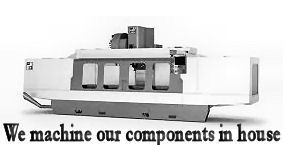
Originally Posted by
J20
WOW! Those are very impressive torque values. I'd be interested to know what rod piston combo a build like that requires. My goal is not so lofty. This truck gets drove everyday. I've opted to use a 6 in sbc rod and a standard 3 ring set on the piston. A chose the six in rod to maintain a good rod length to stroke ratio. (1.59 : 1 stock 401, 1.6 :1 for 383 sbc) I know there is debate regarding the use of longer rods and I believe a longer rod is the better option primarily for the following two reasons: With the piston pin set higher in piston (There is a limit, I don't want to have to contend with supported rings. I think 1.25 in comprssion hieght is about as short as I would want to go.) the side load pressure the piston exerts on the cylinder wall is reduced, The variance in connecting rod angle in relationship to the connecting rod journal is minimized with a longer rod thus reducing the ovalating stress placed on the connecting rod bearings. I believe these two factors will increase engine life and reliability. Any thoughts?
Originally Posted by J20




 Reply With Quote
Reply With Quote

